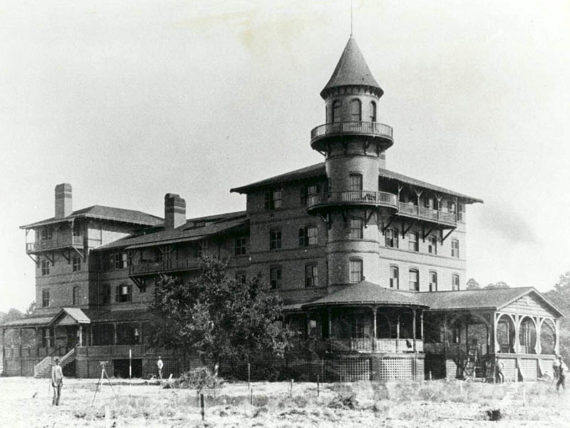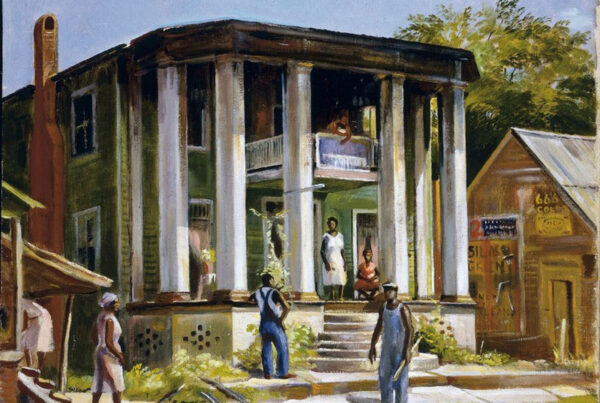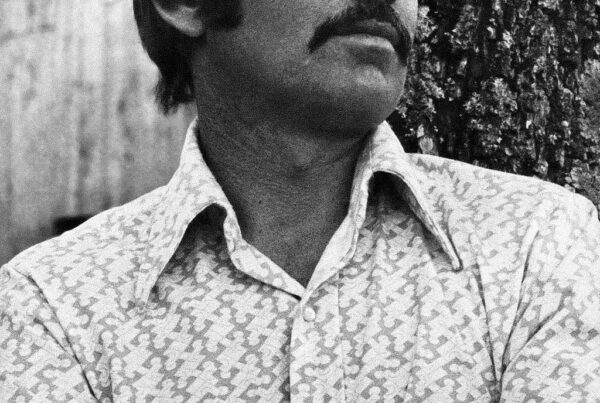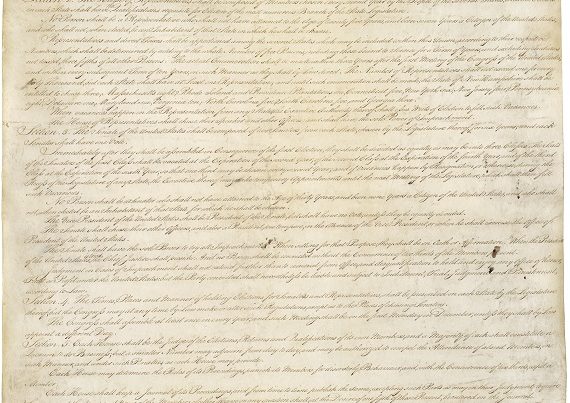The endurance of the system of Jeffersonian finance based upon the Independent Treasury system was remarkable given the post war transformation of the United States from an agrarian country to an industrial one. Tariff rates had increased, large subsidies were being awarded to the railroads, and the federal government drifted slowly but inexorably toward imperialism. The last major Jeffersonian edifice, the Independent Treasury, fell to the new Federal Reserve Bank (hereafter FRB) in 1913.
The conventional reasons historians have trotted out for the creation of the FRB center upon the alleged failure of the Independent Treasury system to inject liquidity into the money markets during the Panic of 1907 and the supposed need for some sort of system of direct restraint upon state banks who were too reckless in their lending activity and their investment activity. The Independent Treasury was never meant to impose discipline upon the lending activities of banks, the real failure lay with state legislatures who refused to impose and enforce reasonable reserve requirements upon the banking system. As a result, many interstate and state banks engaged in lending and speculative investment activity without sufficient reserves in place to cover their losses. The match that lit the fuse for the Panic of 1907 was the failed attempt by Augustus and Otto Heinze to corner the copper market using the resources of banks in which they had an interest. When the corner failed and the price of United Copper stock crashed, those individuals and institutions that held large amounts of United Copper stock were insolvent and unable to meet their debt obligations. News spread throughout the financial world and one bank after another was deluged with depositors withdrawing their funds until confidence in the entire banking system was gravely undercut. Eventually, JP Morgan, David Rockefeller and other financiers intervened to save those financially sound institutions experiencing bank runs as a result of the crisis in confidence brought on by the machinations of the Heinze brothers.
What is important to note is that the Heinze brother scheme was a catalyst of the systems failure and not its cause. The cause was a credit bubble that inflated the values of the financial assets held by banks and spurred these banks to undertake riskier and riskier investments, placing their depositors money at risk. The gunpowder that exploded in 1907 was the system of fractional reserve lending. Banks large and small were keeping too little cash on reserve to cover their liabilities, while they took at face value the inflated prices of the assets they held—assets whose values were inflated in part by the credit bubbles the banks created through reckless lending and investment practices. What Rockefeller, Morgan, and other financiers feared was a panic large enough and broad enough to put at serious risk the continued existence of their financial empires. What these gentlemen desired was a way to insulate their institutions from the considerable risks of a financial system based upon fractional reserve lending and credit.
The men who met at Jekyll Island, Georgia came together to create a national banking system owned by the major banks and operated for their benefit. The major benefit to the large banks of the day (and today) was to provide liquidity in times of financial crisis, i.e. to bail out the banks. The FRB’s second function was to act as a major buyer of the federal debt, especially in times of fiscal emergency. The third function of the system was to control the lending practices of member institutions by setting reserve requirements, influencing overnight lending interest rates, and possessing a monopoly on the issuance of banknotes. Once the Federal Reserve System was in place, the only banknotes allowed into circulation were the notes of the FRB. The only restraint on the FRB was that the notes could be presented for redemption in gold or silver coin.
Through the twentieth century the FRB was given greater and greater latitude in influencing the country’s supply of currency. The Emergency Banking Act of 1933 discontinued the obligation to redeem Federal Reserve notes in gold. After 1964, silver was removed from the coinage of the United States. In 1971, the Bretton Woods system came to an end as Richard Nixon severed the last ties of the currency to gold in international transactions. More recently, the federal reserve has intervened in the bond and equities markets, as well as providing financing to overseas firms, actions that go well beyond its charter. In terms of maintaining the value of the currency, the Federal Reserve note, erroneously known as the dollar, has dropped in value boy over 90% since its introduction in 1913. Though the FRB’s stockholders are unknown, it is more than likely that they are comprised of the major investment banks who act as the FRB’s agents in their open market operations to purchase and/or sell Treasury securities. Perhaps the most significant feature of the Federal Reserve System has been the incestuous marriage between financiers of Wall Street and the federal government. One need only look at the merry-go-round of personnel at such banks as Goldman Sachs and JP Morgan, the Treasury Department, and the Federal Reserve Bank to come to the conclusion that the level of influence of the moneyed men in the counsels of the United States government goes far beyond even the most ambitious schemes of Alexander Hamilton.
When finance capitalism began to take its modern form in the mid-eighteenth century the fundamental political conflict that emerged at that time was the struggle between court and country. To this day, the bankers and financiers make up the most significant element within the court party, much as Mr. Hamilton envisioned it. In many respects, the Trump phenomenon was the rebellion of the country party against the negligent and often malicious rule of the court. To what extent Mr. Trump is an authentic representation of the country party’s aspirations remains to be seen. Most ordinary citizens of the country know something is wrong, and indeed it is. The system of finance capitalism requires ten dollars in debt to generate one dollar in new growth. This is unsustainable, especially as a major demographic crisis of aging populations saps the growth of the major economic powers in the world. Yet, Yankee finance capitalism is still very much in the saddle and is riding us hard to the end of a cliff.







